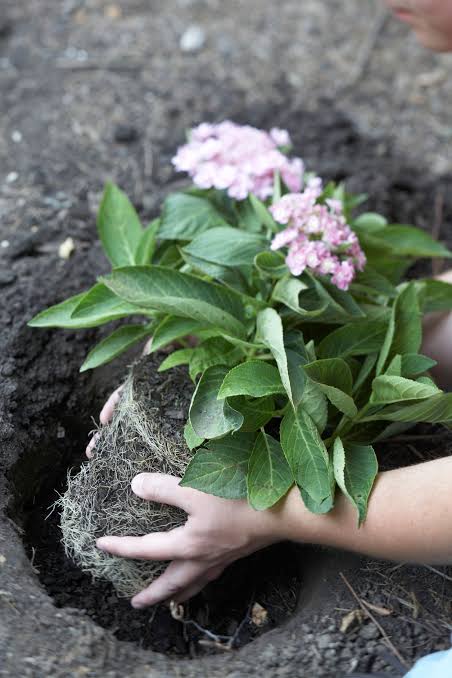Hydrangeas are some of the most beautiful flowering shrubs you can add to your garden. With their large, vibrant blooms in shades of blue, pink, purple, or white, they bring instant charm and elegance to any outdoor space. If you’ve ever dreamed of having these show-stopping flowers in your yard, learning the must-try how to plant hydrangea in ground guide is exactly what you need.Why Plant Hydrangeas in the Ground?Long-lasting beauty: Hydrangeas can bloom for months when cared for properly.Low maintenance: Once established, they thrive with minimal effort.Versatility: Perfect for borders, hedges, or as statement plants.Soil-responsive colors: Some varieties change bloom colors depending on soil pH—acidic soil gives blue flowers, while alkaline soil brings pink hues.Step-by-Step Guide: How to Plant Hydrangea in Ground1. Choose the Right LocationHydrangeas love partial sun—morning sunlight with afternoon shade is ideal. Avoid spots with harsh, direct afternoon sun that may scorch the leaves.2. Prepare the SoilHydrangeas prefer moist, well-draining soil.Add compost or organic matter to enrich the soil.Test pH if you want to influence bloom colors.3. Dig the HoleMake the hole twice as wide as the plant’s root ball but not deeper.This allows the roots to spread easily.4. Plant the HydrangeaPlace the plant in the hole so the crown is level with the ground.Fill the hole with soil, gently pressing to eliminate air pockets.5. Water GenerouslyHydrangeas need plenty of water, especially after planting. Keep the soil moist but not waterlogged.6. Add MulchSpread mulch around the base to help retain moisture, regulate soil temperature, and suppress weeds.Caring for Your Newly Planted HydrangeaWatering: Hydrangeas are thirsty plants. Water deeply 2–3 times per week.Fertilizing: Use a slow-release fertilizer in spring.Pruning: Prune only dead or damaged stems until you know your hydrangea variety—some bloom on old wood, others on new wood.Winter Protection: In colder climates, protect roots with extra mulch.Practical Tips for SuccessPlant in spring or fall when temperatures are mild.Give hydrangeas space—they can spread several feet wide.If blooms are drooping, it usually means the plant needs water.Experiment with soil pH to create different flower colors.ConclusionHydrangeas are truly a gardener’s delight, offering lush blooms and a touch of timeless elegance. By following this must-try how to plant hydrangea in ground guide, you’ll be well on your way to creating a garden full of vibrant, show-stopping flowers.👉 Ready to get started? Grab your gardening gloves, prepare the soil, and plant your hydrangea today—you’ll thank yourself when the first blooms appear!

